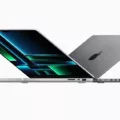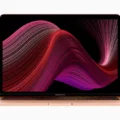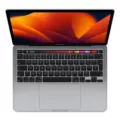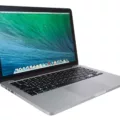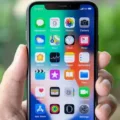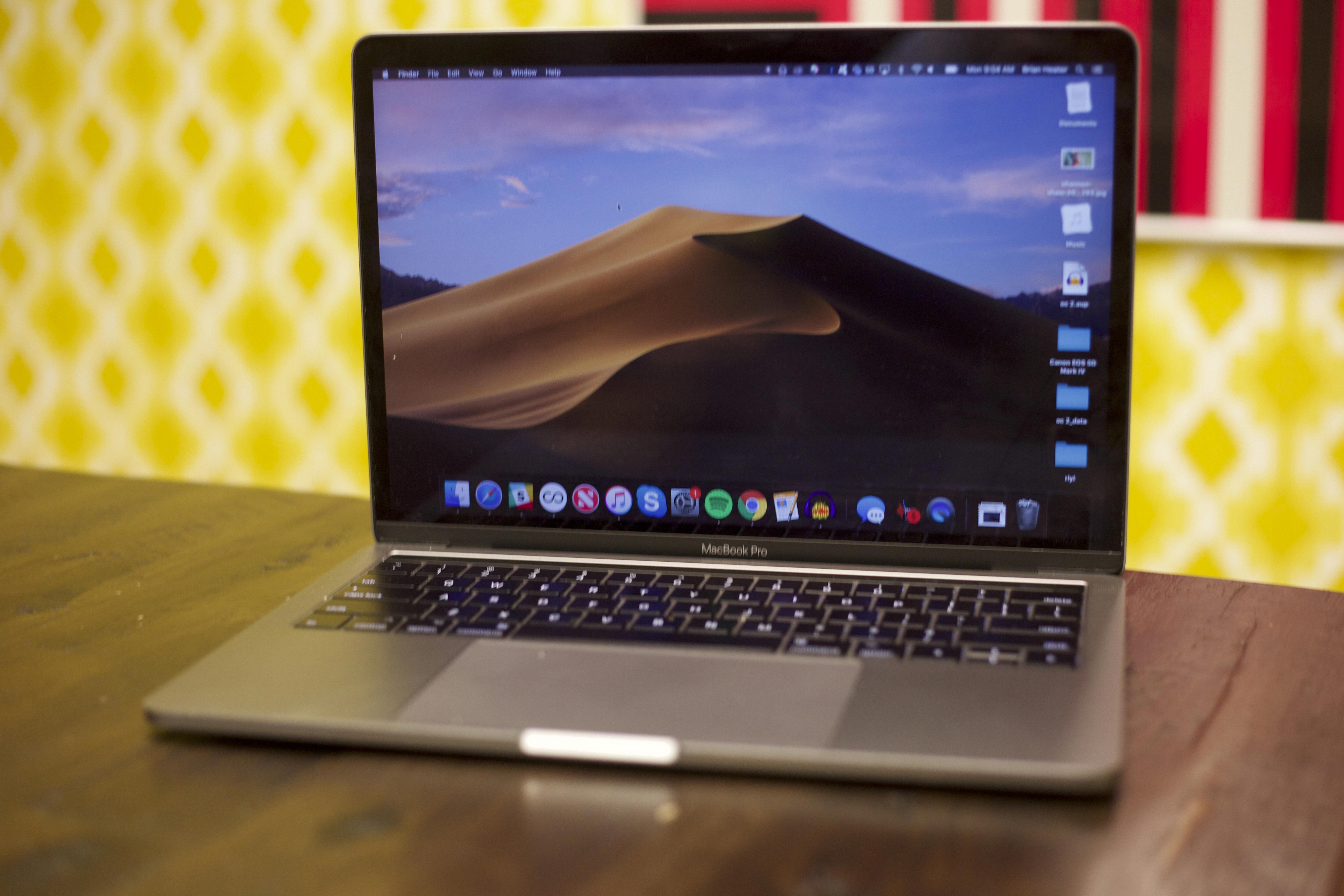When it comes to charging your MacBook, it’s important to use the correct charger for your particular machine. Unlike the iPhone’s one-size-fits-all lightning cable, MacBook chargers can vary depending on the model.
If your MacBook uses USB-C to charge, you can safely use a power adapter or display with higher or lower wattage than the adapter included with your Mac. However, you’ll want to make sure that your charger is USB-C power delivery capable, and that it can provide enough power to meet your MacBook’s needs.
For example, a MacBook Pro typically needs a minimum of around 65 Watts from a USB-C power delivery capable charger, while the 16-inch models may require closer to 100 Watts for optimal charging. It’s also worth noting that if you want to take advantage of fast charging, you’ll need a genuine Apple 140 Watts power adapter.
If your MacBook has a MagSafe 3 port (found on the MacBook Air introduced in 2022 and the 14-inch and 16-inch MacBook Pro introduced in 2021), you can use Apple’s own USB-C to MagSafe 3 Cable, which supports PD 3.1 and a maximum of 240W.
No matter what type of charger you use, it’s important to connect it to your MacBook using a USB-C to USB-C charging cable or a USB-C to MagSafe cable.
Choosing the right charger for your MacBook is crucial for ensuring optimal charging performance. Whether you’re using a USB-C charger or a MagSafe 3 cable, make sure that your charger is capable of providing enough power to meet your MacBook’s needs. And always remember to use the proper cable to connect your charger to your MacBook.
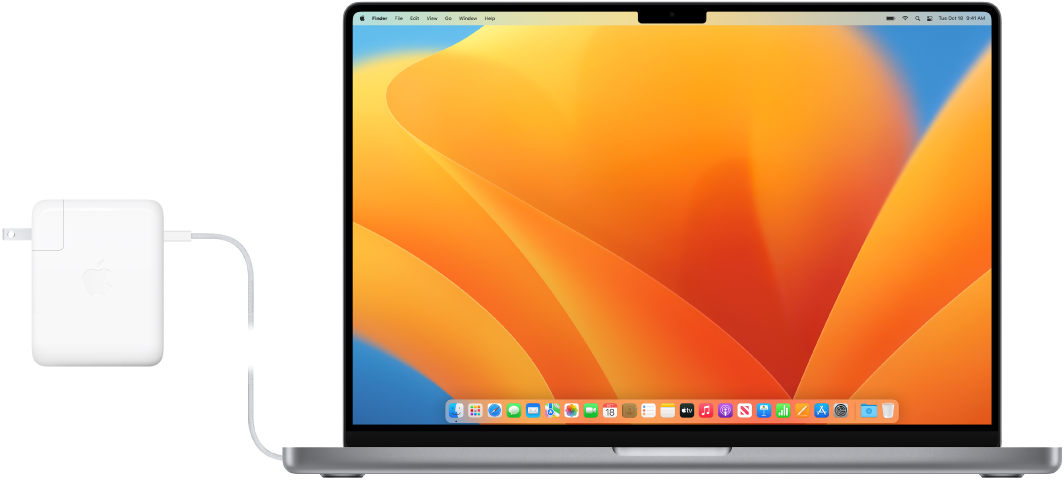
Do All Macbooks Use the Same Charger?
Not all MacBooks take the same charger. The charger for each MacBook model and generation can vary in terms of power output, connector type, and cable length. So, it’s important to identify the model of your MacBook before purchasing a replacement charger. Here’s a list of MacBook models along with the type of charger they use:
– MacBook (2006-2010): Uses a 60W MagSafe 1 charger with a rectangular connector.
– MacBook Air (2008-2017): Uses a 45W or 60W MagSafe 2 charger with a T-shaped connector.
– MacBook Pro (2006-2012): Uses a 60W or 85W MagSafe 1 charger with an L-shaped connector.
– MacBook Pro (2012-2015): Uses a 60W or 85W MagSafe 2 charger with a T-shaped connector.
– MacBook (2015-2019): Uses a 29W, 30W, 61W, or 87W USB-C charger with a USB-C connector.
– MacBook Air (2018-2021): Uses a 30W or 45W USB-C charger with a USB-C connector.
– MacBook Pro (2016-2021): Uses a 61W, 87W, or 96W USB-C charger with a USB-C connector.
It’s worth noting that some third-party chargers may not be compatible with certain MacBook models, so it’s best to stick with official Apple chargers or reputable third-party brands.
Using Non-Apple Chargers for MacBooks: Is It Safe?
It is generally safe to use a non-Apple charger for your MacBook as long as it uses the USB-C standard. Many third-party USB-C chargers are available in the market that can charge your MacBook at a lower price than the official Apple charger. However, it is important to ensure that the charger you use meets the necessary safety standards and is certified by a reputable organization like UL, FCC, or CE. You should also make sure that the charger has the same or higher wattage rating as the original Apple charger for optimal charging performance. Additionally, using a non-Apple charger may void your MacBook’s warranty, so it’s important to check with Apple before using a third-party charger. it’s generally safe to use a non-Apple charger for your MacBook as long as it meets the necessary safety standards, has the same or higher wattage rating as the original Apple charger, and is approved by Apple.
What Type of Charger Does an Apple Mac Require?
An Apple Mac uses a charger that is compatible with its USB-C port or MagSafe 3 port. To charge your MacBook, you can use a USB-C to USB-C charging cable or a USB-C to MagSafe cable. If your Mac has a MagSafe 3 port, you can use Apple’s USB-C to MagSafe 3 Cable, which supports PD 3.1 and can deliver a maximum power of 240W. It’s important to note that the charger you use should be appropriate for your specific MacBook model, as different models may have different charging requirements. Here’s a summary of the main points:
– An Apple Mac uses a charger that is compatible with its USB-C port or MagSafe 3 port.
– To charge your MacBook, you can use a USB-C to USB-C charging cable or a USB-C to MagSafe cable.
– If your Mac has a MagSafe 3 port, you can use Apple’s USB-C to MagSafe 3 Cable, which supports PD 3.1 and can deliver a maximum power of 240W.
– The charger you use should be appropriate for your specific MacBook model, as different models may have different charging requirements.
Can I Use a Regular Charger for My MacBook?
You cannot use a regular charger for MacBook. MacBook requires a charger that delivers a minimum of 65 watts of power for the smaller models and closer to 100 watts for the 16-inch models. A genuine Apple 140 watts power adapter is required for fast charging. Using a regular charger that does not meet the power requirements may result in slow charging or damage to the MacBook’s battery. Therefore, it is important to use a charger that is specifically designed for MacBook and meets the power requirements.
Conclusion
It is crucial to find the correct charger for your Apple MacBook, MacBook Air, or MacBook Pro. USB-C chargers can be used interchangeably, but it is important to ensure that the wattage is sufficient for your specific model. The MagSafe 3 port, which is available on newer MacBook Air and MacBook Pro models, requires Apple’s own USB-C to MagSafe 3 Cable for charging. It is essential to use genuine Apple chargers to ensure the safety and longevity of your MacBook’s battery. By following these guidelines, you can ensure that your MacBook is charged efficiently and safely.

